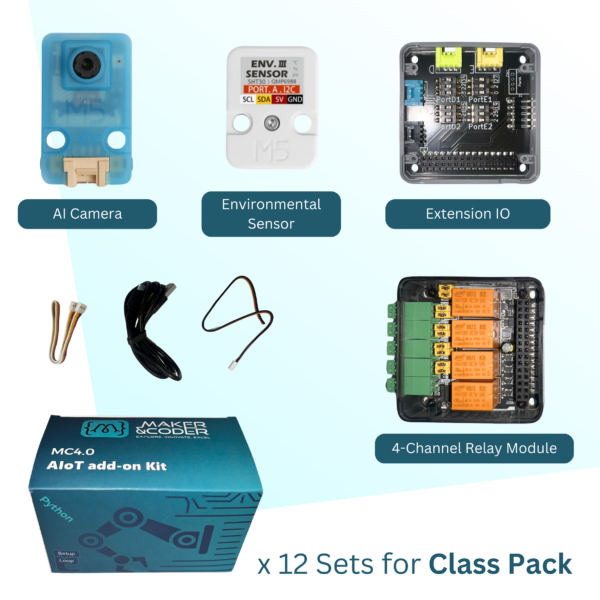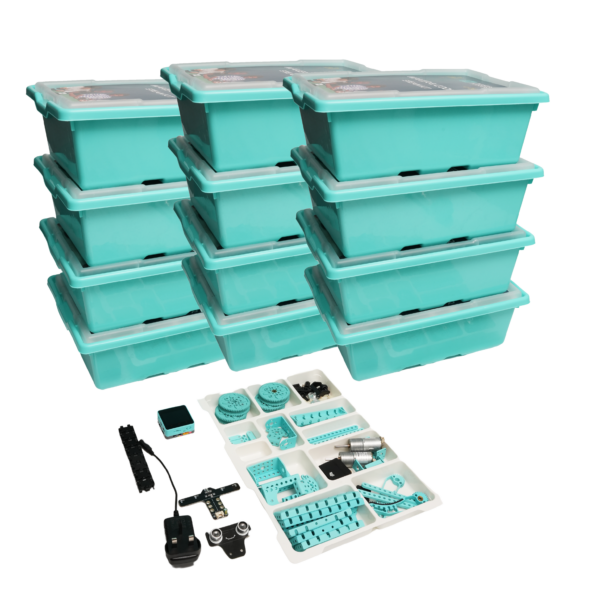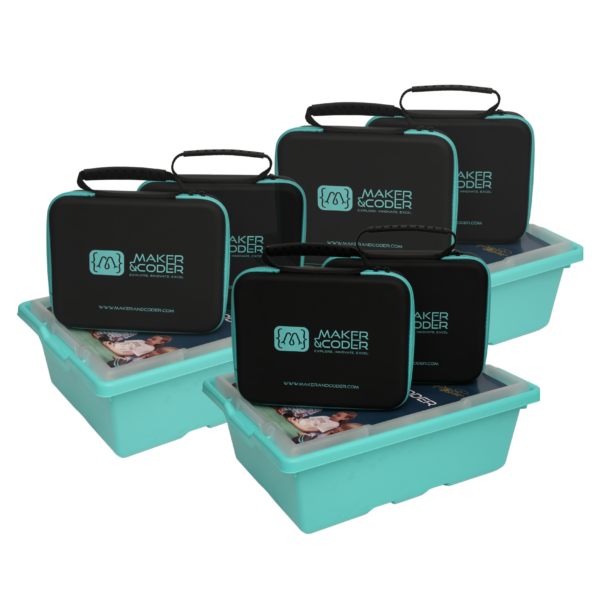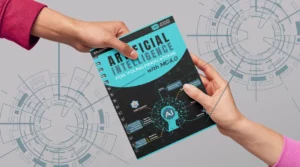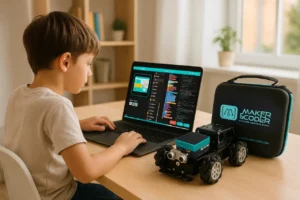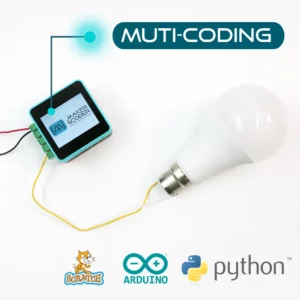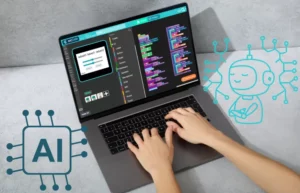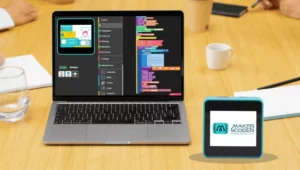In a rapidly advancing technological world, introducing children to the fundamentals of robotics can provide them with a competitive edge. Robotics for beginners not only sparks curiosity but also lays the groundwork for critical thinking, creativity, and problem-solving. As parents and educators, we often ask ourselves: Is starting kids on robotics a smart move?
The Benefits of Robotics for Young Minds
Engaging children in robotics helps develop essential 21st-century skills. Robotics encourages creativity, enhances problem-solving abilities, and allows kids to experiment and learn from their mistakes in a safe environment. According to studies, integrating educational robotics into learning not only enriches cognitive skills but also promotes self-expression and innovation.
By participating in robotics, children can better grasp complex scientific principles in a playful and interactive manner. They learn to code as they make circuits come to life, fostering a deeper understanding of how technology works. Robotics projects demand patience and perseverance, teaching kids to approach challenges with resilience. This hands-on learning molds critical thinkers capable of navigating an increasingly automated world, preparing them to adapt alongside technological advancements.
Furthermore, robotics serves as a vital bridge between various academic disciplines, making abstract concepts tangible. As children manipulate physical components, they absorb knowledge of mechanics and electronics, leading to a holistic educational experience. In fact, educational robotics stands out for its ability to simultaneously teach logic, design, and technological competence. The more diverse the robotics projects, the more opportunities kids have to unite different fields of knowledge, laying a comprehensive STEM foundation.
Making Robotics Accessible for Beginners
With various kits and online resources available, it’s easier than ever to introduce robotics to children. Beginner-friendly robotics kits are designed to be intuitive, making it simple for kids to build, program, and understand basic robotic concepts. As discussed in The Ultimate Guide to Getting Started with Robotics for Kids, selecting the right kit involves considering the child’s age and skill level. Options like LEGO Mindstorms and Arduino provide scalable challenges that grow with the learner’s abilities.
The market offers a multitude of resources tailored to introduce children to the world of robotics. From step-by-step video tutorials to interactive platforms encouraging participation in community-built projects, the options are abundant. This democratization of information ensures that robotics is no longer confined to specialized education, but accessible to any curious mind. This access empowers children otherwise excluded from high-cost programs, enabling them to engage with robotics irrespective of financial backgrounds.
Choosing a robotics kit requires a thorough understanding of the educational value and scalability of the product. Opting for a versatile kit not only supports immediate learning but also provides opportunities for advanced exploration as the child’s understanding grows. To this end, resources like online guides and community forums become indispensable. By following the step-by-step instructions and interacting with others embarking on the same journey, beginners can confidently experiment with building and programming robots.
The Role of Robotics in Education
Robotics is increasingly being integrated into school curriculums around the world. By embedding robotics into education, schools are preparing students for future technologies and potential career paths in engineering, coding, and AI development. As noted in industry discussions, skills acquired through robotics—such as programming and mechanical design—are becoming indispensable in various sectors. Familiarizing students with this technology elevates their proficiency, enabling them to competently address the demands of the evolving digital landscape.
Including robotics in education enriches the student learning experience by fostering a practical understanding of complex ideas. This groundwork not only aligns with academic targets but also provides essential tools for future professional endeavors. Through hands-on projects, students experience the real-world application of theoretical concepts, which is vital for cultivating a profound interest in STEM. In turn, this approach supports diverse career opportunities by equipping students with a competitive skill set relevant to a tech-driven market.
Moreover, robotics extends learning beyond the classroom, enabling students to contribute to projects with real-world implications. For instance, constructing a robot that responds to environmental changes immerses students in the scientific processes that define modern technological innovations. This multidimensional learning cultivates creative solutions to contemporary problems, fostering a progressive mindset. Robotics in education is not just an instructional tool but a catalyst for creating informed, proactive citizens empowered to spearhead transformative initiatives.
Building Teamwork and Communication Skills
Working on robotics projects often requires collaboration, driving teams to communicate effectively and work together towards a common goal. This team-based approach not only aids in skill development but also fosters a sense of camaraderie and shared achievement. In project environments, children improve vital social skills such as negotiation, conflict resolution, and leadership. Robotics thus transcends its technical core, promoting essential interpersonal skills that can be transferred to any social or professional context.
Group projects involving robotics expose children to diverse perspectives and ideas, encouraging the exploration of alternative solutions. This environment nurtures a respect for diversity and teaches children how to integrate different cultural viewpoints into problem-solving strategies. By emphasizing respect, collaboration, and the appreciation of diverse strengths, such projects prepare students for the collaborative nature of modern workplaces. Enhanced communication within team settings also allows children to articulate their innovative ideas clearly and effectively.
Furthermore, teamwork in robotics projects molds influential future leaders. Students learn to delegate responsibilities based on individual strengths, driving a successful collective effort. They foster a sense of ownership and accountability that extends into future academic and career pursuits. Robotics projects serve as a microcosm of organizational structures, cultivating leadership qualities, adaptability, and perseverance required to excel in varied environments. By honing these skills early on, children secure valuable assets for their future professional endeavors.
Encouraging Future Innovators
By exposing children to robotics, we inspire them to explore the world of technology and innovation. This early engagement can lead to a lifelong interest in STEM fields and possibly inspire the next generation of leaders and inventors. With the current emphasis on technology-driven solutions, fostering an early interest in these fields provides a significant advantage. Children who delve into robotics early absorb the foundational ideas of how technology can revolutionize society, positioning them to contribute meaningful innovations.
Robotics serves as both an educational tool and a launch pad for pioneering careers. Encouraging children to think outside the box transforms the academic experience, introducing them to designing, building, and refining ideas that haven’t been explored before. Kids who explore robotics from a young age can transition seamlessly into higher-level inquiry, constantly pushing the boundaries of what is achievable. This limitless potential empowers them to devise groundbreaking inventions that address pressing global challenges.
Inspiring future innovators begins with showing children the experimental nature of robotics. By allowing them to tinker and adjust at their own pace, they discover that failure is just a stepping stone to success. Encouragement to pursue bold and novel ideas builds confidence, fostering creativity and fortitude necessary for the uncertain yet exhilarating landscape of technological invention. Robotics has the power to turn childhood curiosity into cutting-edge research, ensuring that today’s children emerge as tomorrow’s visionaries.
Final Thoughts on Robotics for Kids
Introducing robotics to kids can truly be a transformative educational experience. It encourages them to think critically, innovate, and work collaboratively while having fun. Starting with robotics for beginners can open endless opportunities and foster a lifelong passion for technology and discovery. Learn more about how robotics is reshaping education at How Robotics for Beginners is Changing the Future of Education.

